Aligners allow a broader segment of the population to benefit from orthodontic treatment, especially those seeking to improve the aesthetic alignment of their teeth. This shift is mirrored in the increasing popularity of cosmetic dentistry, which often combines direct and indirect restorative procedures to improve the colour, shape and size of teeth.
The intersection of orthodontics and cosmetic dentistry
While orthodontic treatment excels at tooth alignment, it does not directly address changes to the size, shape or colour of the teeth. In contrast, restorative dentistry—whether direct or indirect—focuses on enhancing these aspects, but often requires the removal of healthy tooth structure. This trade-off may not always be in the patient’s best interests, particularly when underlying orthodontic concerns are ignored.
Orthodontic treatment typically faces challenges such as time and cost, which can deter some patients. However, these limitations must be balanced against the drawbacks of subtractive restorative procedures that can compromise the longevity of the restoration and the biological health of the tooth.
Clinically, we know that increasing the volume of restorative materials can improve strength, longevity and aesthetic outcomes. However, this often requires significant biological sacrifice of both hard and soft tissue to create the restorative volumes required. Conversely, the more natural tooth structure a patient retains, the better the long-term prognosis of the individual tooth and its restoration. This is especially relevant in modern bonded ceramics, where maintaining as much enamel as possible allows for better adhesion, which in turn prolongs the lifespan of the restorations.
Pre-restorative alignment: An under-utilised strategy
Pursuing tooth alignment before restorative dentistry does not necessarily follow the strict principles of orthodontic treatment, but rather integrates prosthodontic considerations that prioritise the retention of healthy tooth structure as part of the restorative process. By first aligning the teeth, we can ensure that the teeth are optimally positioned for restorative work, making it possible to retain more natural tooth structure and achieve better long-term results.
The orthodontic and prosthodontic workflow with restorative and facially driven treatment plans
By integrating orthodontic and prosthodontic principles, clinicians can adopt a more comprehensive, aesthetically driven treatment plan. This integrated workflow allows practitioners to consider facial dynamics, gingival display, and the overall functional and aesthetic outcomes both before and after orthodontic treatment. Simultaneously visualising both orthodontic and restorative treatment goals provides a greater opportunity for optimal outcomes by ensuring that all aspects of the aesthetic case are considered early in the treatement planning process. Maximising idealistic pre-treatment planning maximises the predictability and positive outcome of our intervention.
Restorative space creation
Space creation is a central factor in pre-restorative orthodontic. Treatment planning tools such as Invisalign ClinCheck (Align Technology) can simulate tooth positions, providing valuable insight into final orthodontic outcomes. Similarly, smile design or restorative overlay software allows for consideration of ideal restorative size, shape and of position. By overlaying these two digital visualisations, clinicians can better conceptualise how much space is required for the restorative phase.
The creation of space includes adjustments in the mesiodistal, vertical and buccolingual planes. Achieving space across these multiple planes, often with a combination of tooth movements, creates a more ideal pre-restorative position. For example, vertical correction helps level gingival margins and improves vertical restorative volumes, both of which are key to achieving symmetrical, additive-focused dentistry.
Addressing tooth wear and biological space restoration in many aesthetic restorative treatment cases, patients have already lost substantial tooth volume owing to wear, trauma or age-related changes. In these cases, the preservation of remaining tooth structure is even more crucial. In severe cases of tooth wear, orthodontic intervention can be thought of as a way of recreating biological space which has diminished over time.
Although ideal orthodontic treatment should remain the goal, it is often reasonable to adopt a more realistic intervention—one where compromise is made for the sake of patient acceptance in terms of time, cost and complexity. This is especially true when considering the reduction in biological cost that results from tooth alignment before restorative treatment. The ability to create space and reposition teeth prior to restorative procedures often avoids complex, invasive restorative procedures (such as multiple indirect restorations) in favour of more conservative approaches. This may involve simple aesthetic recontouring or additive-only dentistry (such as veneers or bonding), which can achieve similar or even superior results with greater longevity.



 Austria / Österreich
Austria / Österreich
 Bosnia and Herzegovina / Босна и Херцеговина
Bosnia and Herzegovina / Босна и Херцеговина
 Bulgaria / България
Bulgaria / България
 Croatia / Hrvatska
Croatia / Hrvatska
 Czech Republic & Slovakia / Česká republika & Slovensko
Czech Republic & Slovakia / Česká republika & Slovensko
 France / France
France / France
 Germany / Deutschland
Germany / Deutschland
 Greece / ΕΛΛΑΔΑ
Greece / ΕΛΛΑΔΑ
 Hungary / Hungary
Hungary / Hungary
 Italy / Italia
Italy / Italia
 Netherlands / Nederland
Netherlands / Nederland
 Nordic / Nordic
Nordic / Nordic
 Poland / Polska
Poland / Polska
 Portugal / Portugal
Portugal / Portugal
 Romania & Moldova / România & Moldova
Romania & Moldova / România & Moldova
 Slovenia / Slovenija
Slovenia / Slovenija
 Serbia & Montenegro / Србија и Црна Гора
Serbia & Montenegro / Србија и Црна Гора
 Spain / España
Spain / España
 Switzerland / Schweiz
Switzerland / Schweiz
 Turkey / Türkiye
Turkey / Türkiye
 UK & Ireland / UK & Ireland
UK & Ireland / UK & Ireland
 Brazil / Brasil
Brazil / Brasil
 Canada / Canada
Canada / Canada
 Latin America / Latinoamérica
Latin America / Latinoamérica
 USA / USA
USA / USA
 China / 中国
China / 中国
 India / भारत गणराज्य
India / भारत गणराज्य
 Pakistan / Pākistān
Pakistan / Pākistān
 Vietnam / Việt Nam
Vietnam / Việt Nam
 ASEAN / ASEAN
ASEAN / ASEAN
 Israel / מְדִינַת יִשְׂרָאֵל
Israel / מְדִינַת יִשְׂרָאֵל
 Algeria, Morocco & Tunisia / الجزائر والمغرب وتونس
Algeria, Morocco & Tunisia / الجزائر والمغرب وتونس
 Middle East / Middle East
Middle East / Middle East



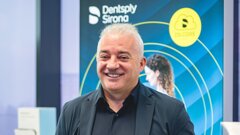
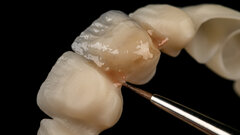





















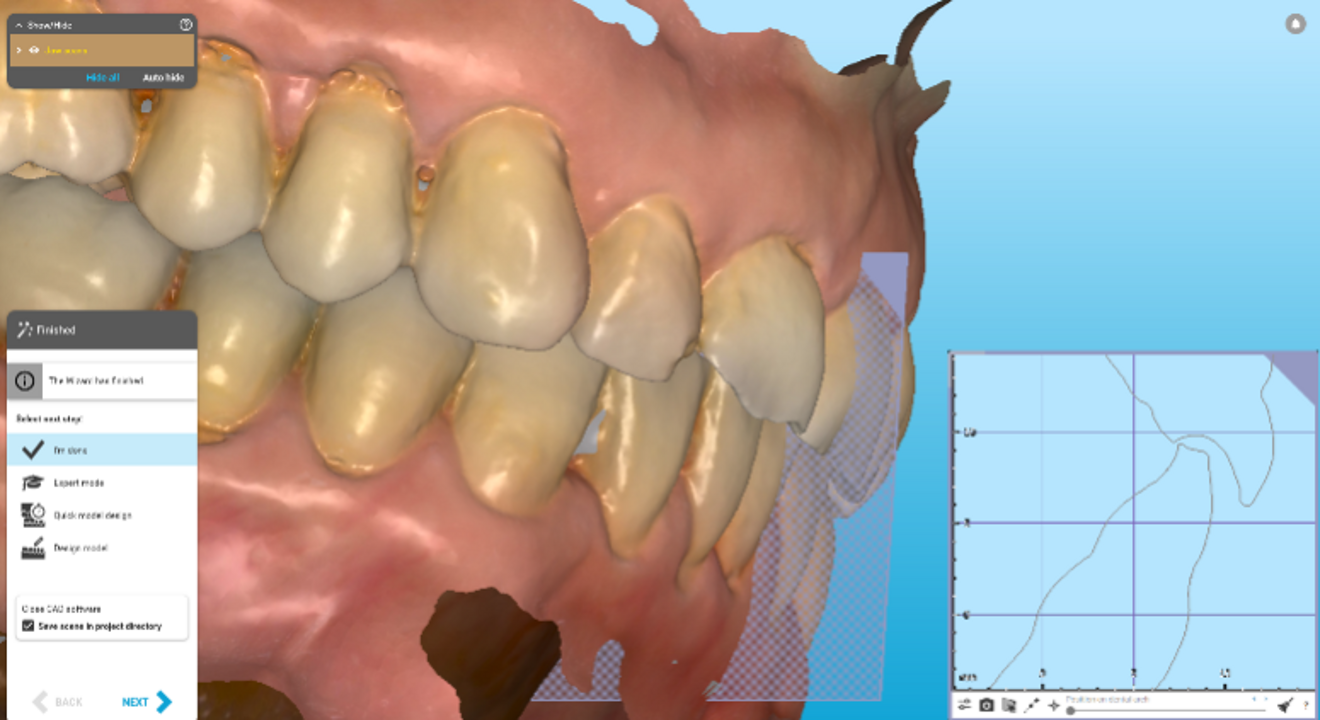
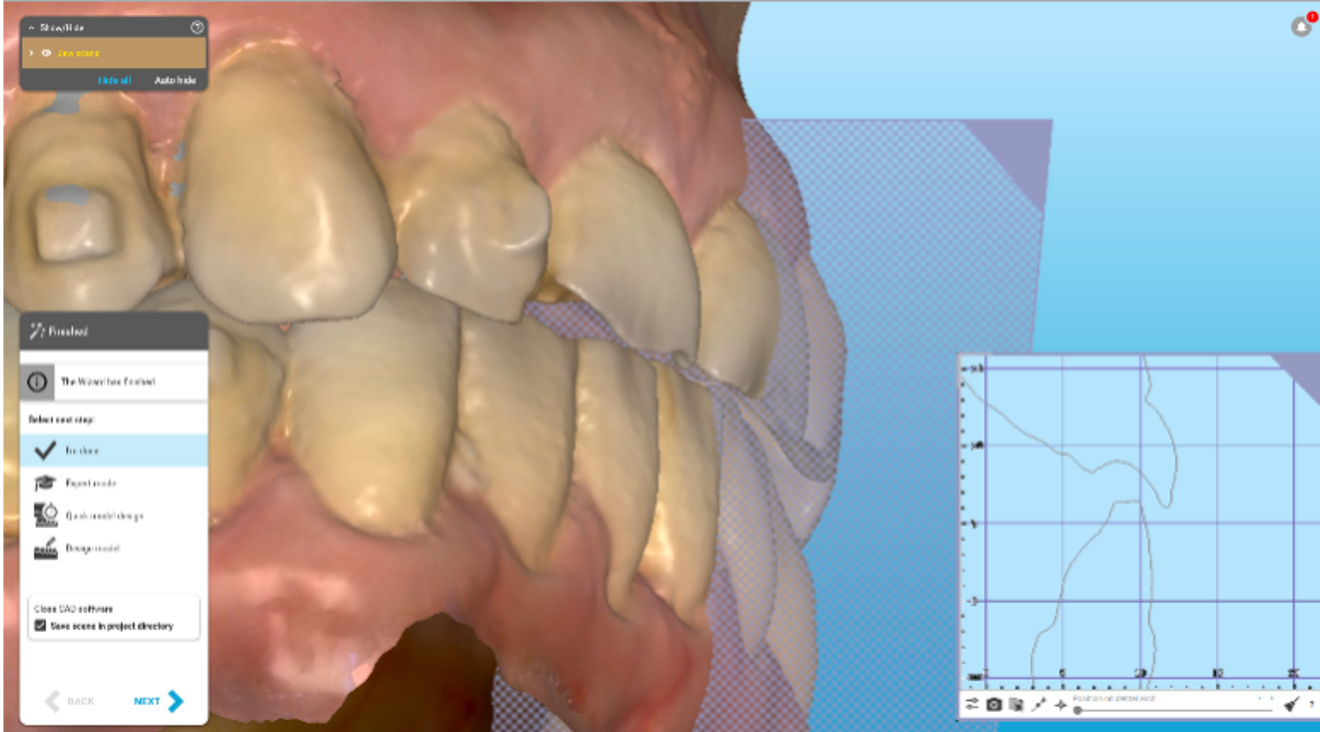
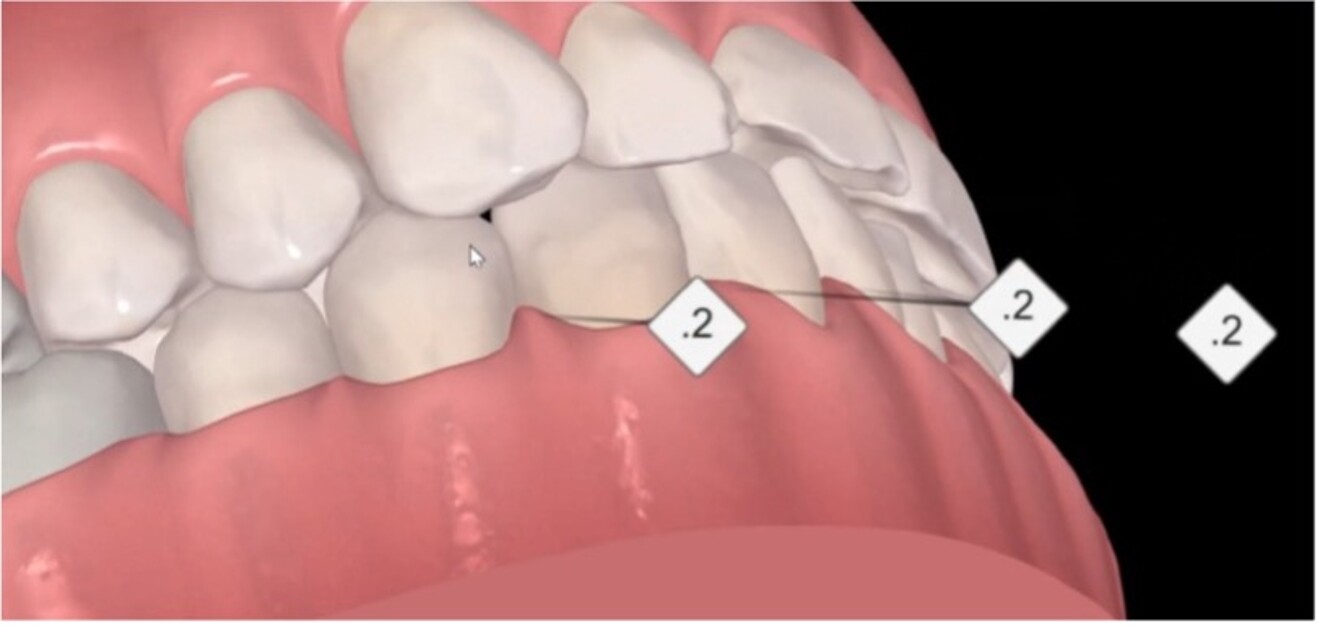



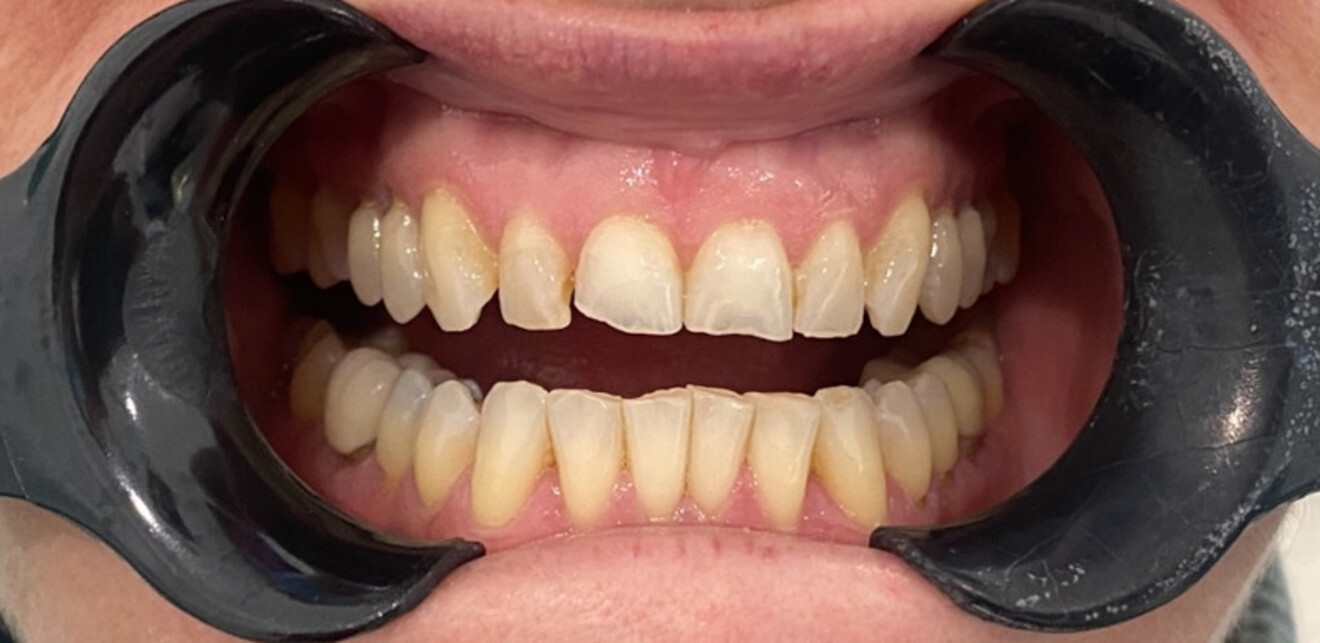
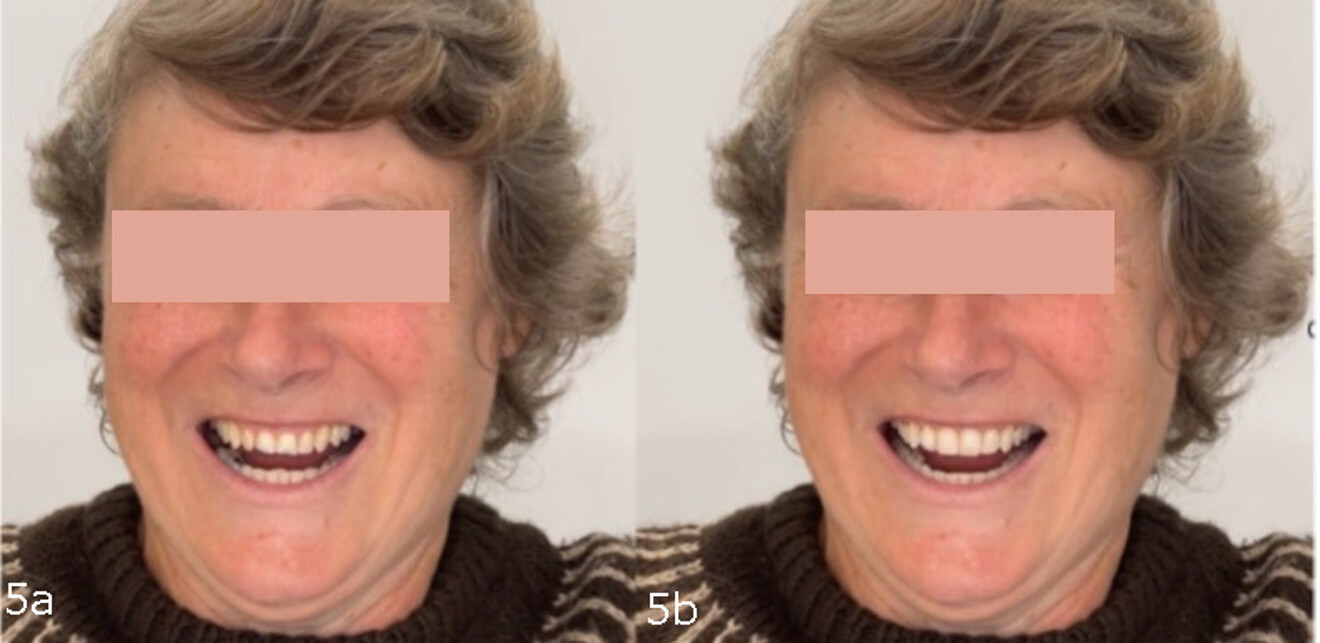
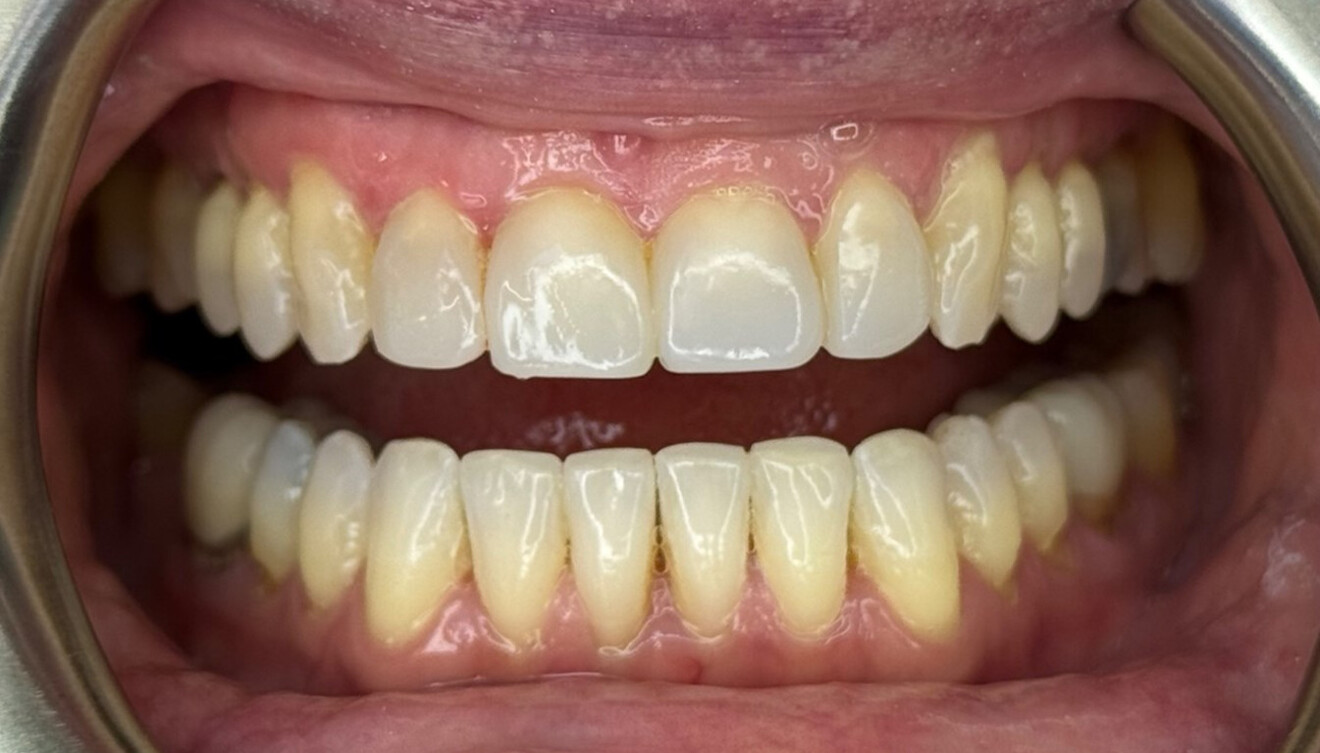
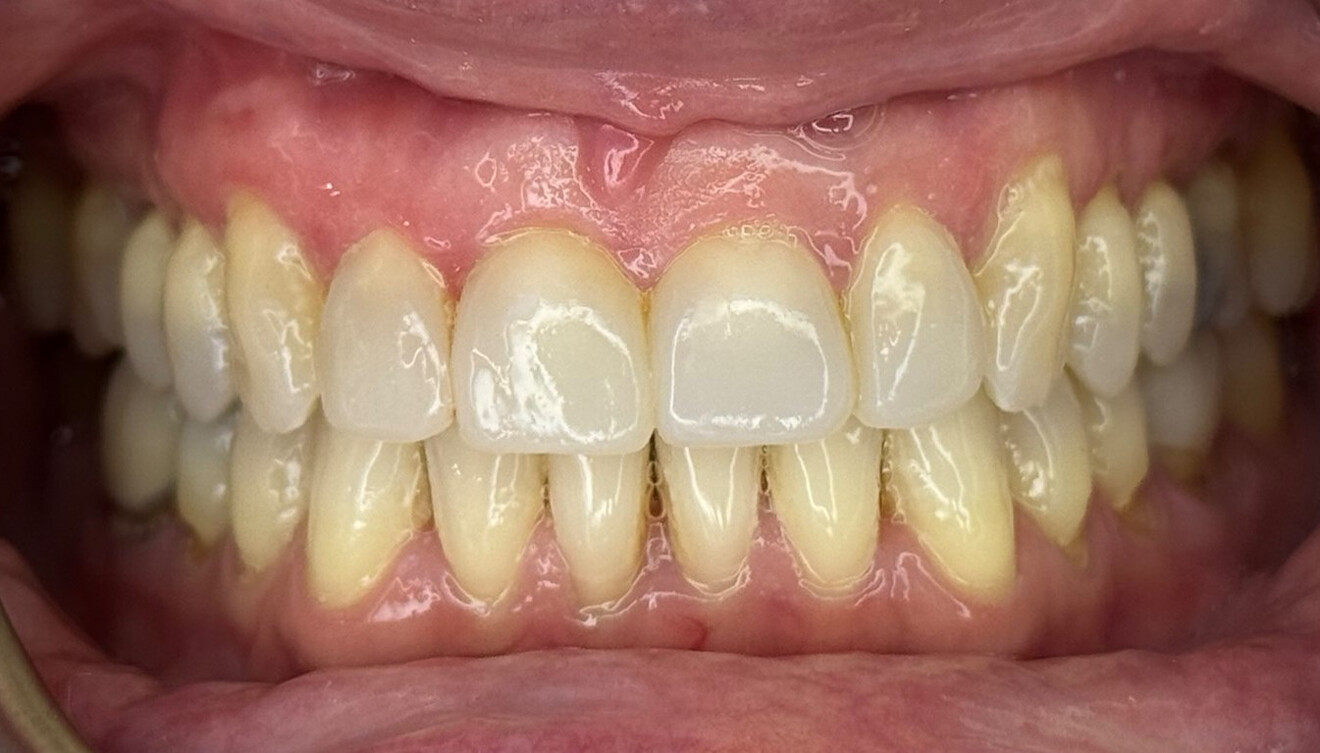

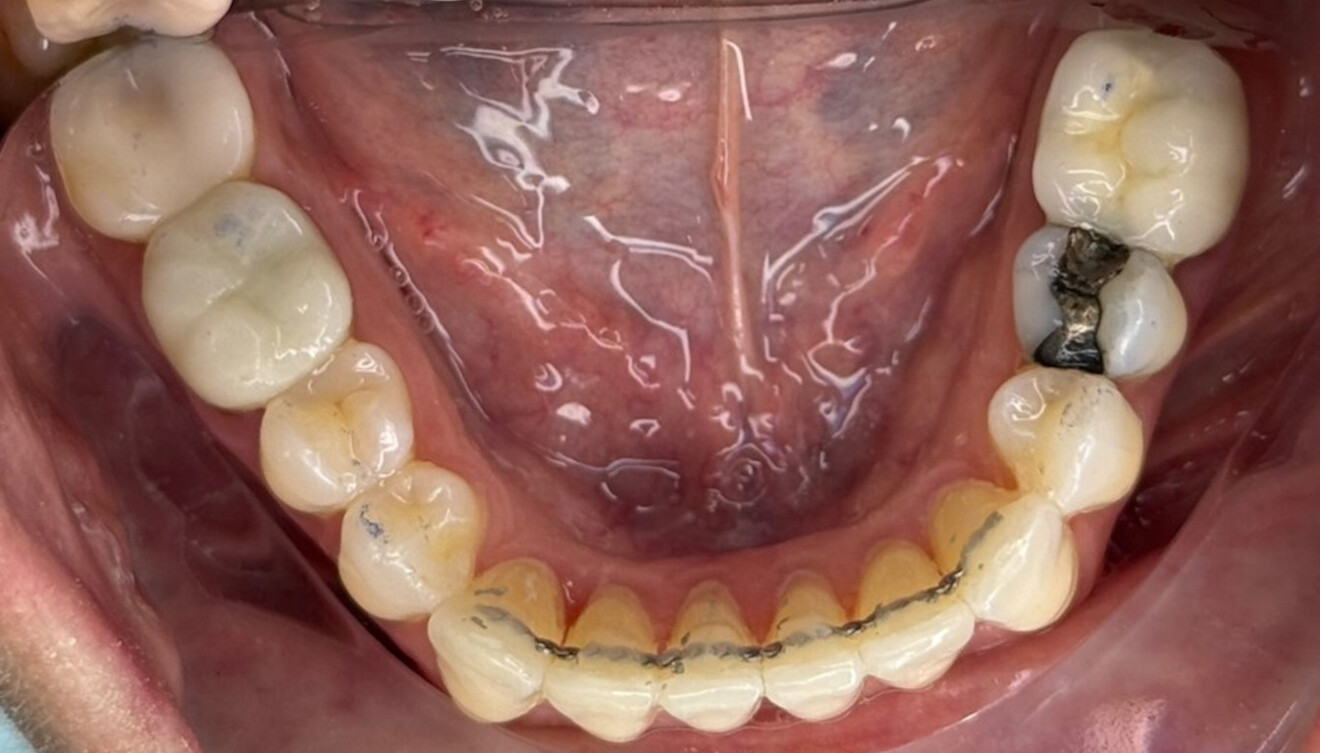


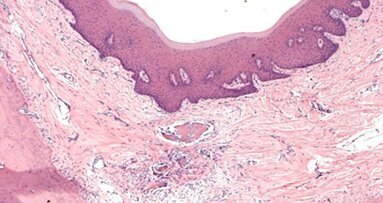









To post a reply please login or register